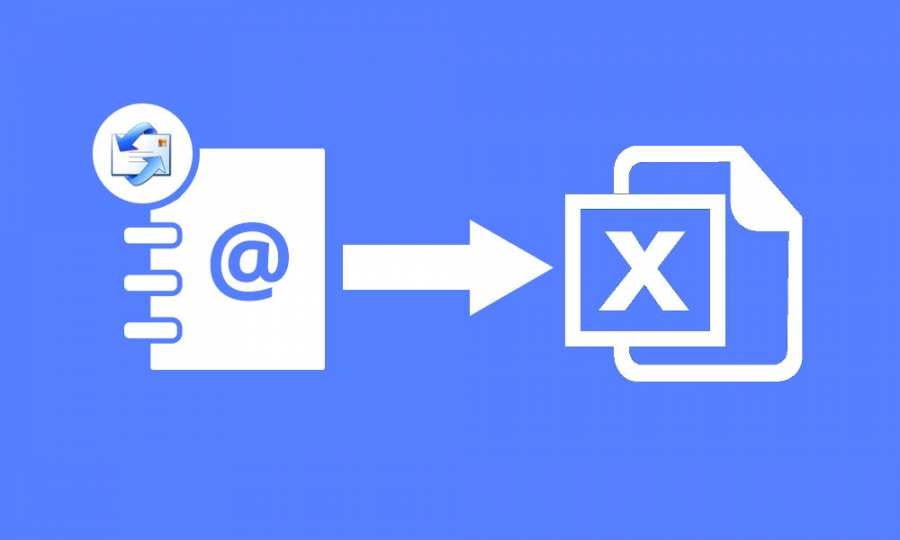Microsoft Outlook claims a high position in its domain for providing great email services & data management. Even when it is a highly trusted and brilliant application, nothing is secured from digital hackers and attackers. Contacts play an essential role for us and their maintenance is a must because a lost contact is like a lost opportunity for any business, professional, or just a normal user. So, we must maintain its copy in various locations such as an Excel file.
Excel formats are versatile for preserving the data because they can be used to move into any other platform. It generates many spreadsheet formats including a CSV file that is recognized by many. It saves the data in rows and columns making it easier even for novice users to read the details properly. You can easily save numbers, names, address into it and can refer to it whenever required.
So, here in this article, we will provide you all possible ways to help you out.
How to Print Outlook Contacts to Excel?
We regularly hear people asking about how they can export data from their data files to another format without using Outlook. Now, this issue arises when you have previously exported the contacts from Outlook into a format called PST or have received it from someone else. Now, this can be a problem for some since this format is not recognized by Excel. It only reads a couple of file types and PST is not one of them.
The best solution to print Outlook contacts to Excel is to use a third-party tool. Pcvita software provides the perfect solution in such a scenario that can perform many functionalities such as converting Outlook Contacts to vCard, Excel formats, and many others.
You can go through the features that this tool provides:
- Print multiple Outlook contacts to Excel in a single go.
- Option to scan the files before adding in the tool.
- Auto-detects the locations of files for adding them.
- Reserves the contact details during the procedure.
- Option to preview entire data of the contact files.
- Feature to export selective data from Outlook contacts.
- Migrates orphaned, damaged and password protected files
- Preserves folder hierarchy & supports moving all contacts.
Functioning of the Software
The working of this tool to print Outlook contacts to Excel is quite simple.
- First, you must download the utility on your computer and launch it. Then add a file or folder to it.
- The tool now scans the files for any corruption in them. Then, you can preview all of its details.
- Now, choose CSV format and browse a destination to save this data in your system.
- Hit the Export button to finally convert the data into the required file.
Manual Process to Print Outlook Contacts to Excel
- Open Outlook and tap on the File option in the top left corner.
- Select “Open & Export” & then choose the “Import/Export” button.
- Choose ‘Export to a File’ option > Next. Select Comma Separated Values.
- Now, select the contacts folder that you desire to move to Excel.
- Find a location where you have to save this Excel CSV file.
- Map the custom fields and click on Finish to continue.
Limitations of the Manual Method
- You can only map a few fields using the manual method since Outlook does not support all fields.
- If you have a damaged contact file, you cannot use this manual method if Outlook does not accept it.
- This process is much lengthier since it requires you to manually match all of your custom fields.
Conclusion
In this article, we have briefly discussed ways to print Outlook contacts to Excel. We have talked about both manual and automatic methods that you can choose from. As already discussed, there are many limitations to the manual procedure, we have introduced the software that helps you in every possible way and makes your task much easier.
